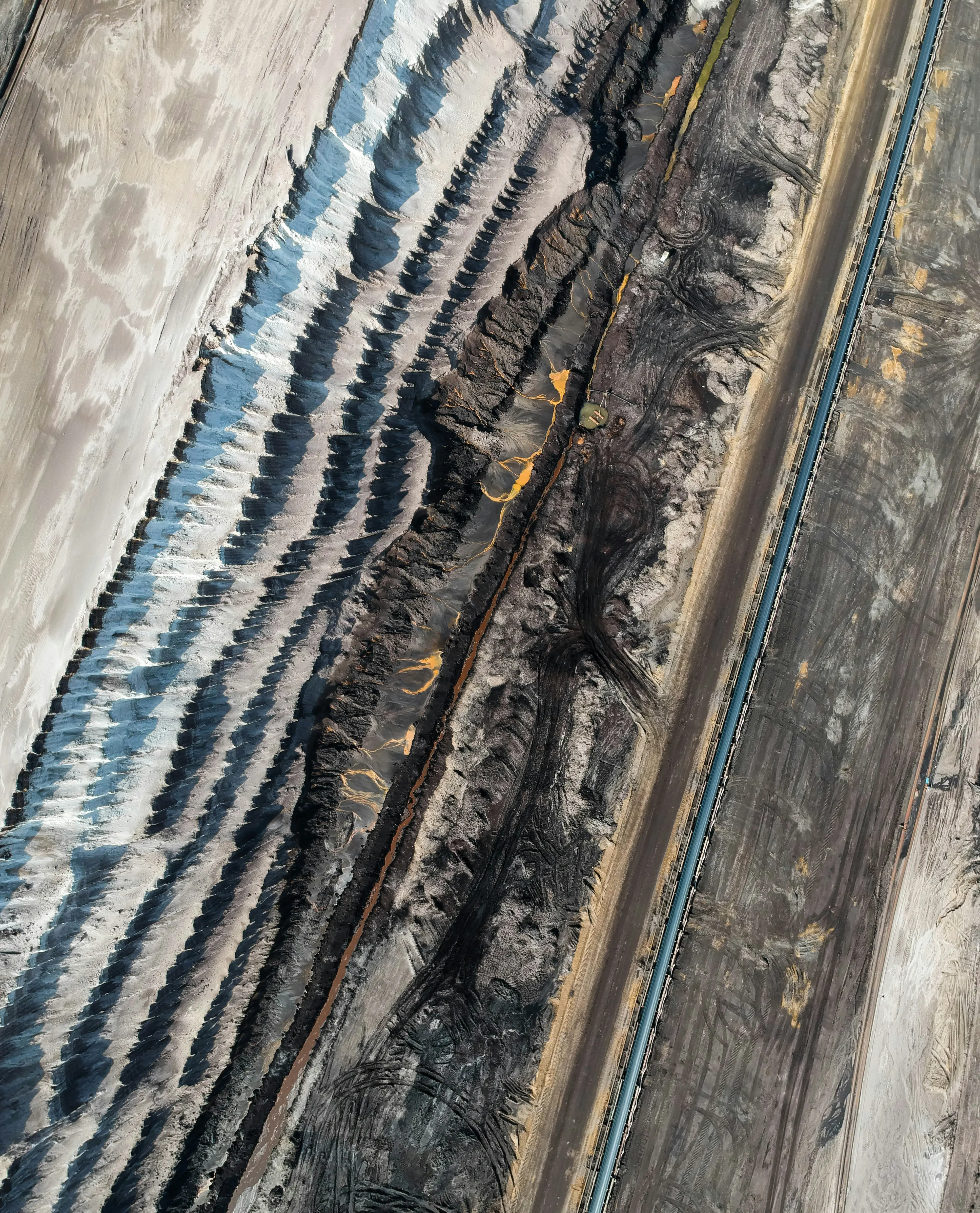How Medicine Is Helping Us Dig Deeper: A New Era In Mining

In a groundbreaking fusion of disciplines, Australian scientists are now utilizing medical technology to transform mining practices. Typically, when you think of mining, images of heavy machinery and rugged terrain might come to mind. However, researchers from the University of Adelaide are challenging this traditional image by employing techniques derived from the medical field to enhance the efficiency and safety of mineral extraction.
The project's central focus is on adapting imaging technologies, commonly used in medicine, to the world of geology. In hospitals, these imaging techniques allow doctors to peer inside the human body without invasive surgery, highlighting structures and potential issues with remarkable clarity. Now, imagine applying that same precision to examining the Earth's subsurface for valuable minerals.
The inspiration for this innovative approach comes from the need to address some of the mining industry's persistent challenges, such as environmental impact and resource depletion. By harnessing medical imaging technologies, scientists aim to predict and visualize mineral deposits with greater accuracy, reducing the need for extensive and potentially damaging exploratory drilling.
According to the research team, "This interdisciplinary approach not only promises to revolutionize how we locate and extract minerals but also emphasizes sustainability and environmental responsibility." By minimizing the intrusive nature of traditional mining practices, this technology can significantly reduce the ecological footprint associated with mineral extraction.
Furthermore, the adaptation of medical technology to mining is not just about improving efficiency; it's also about enhancing safety protocols. In a field where the unpredictability of geological conditions can pose serious risks, having a clearer picture of underground formations could be crucial for protecting workers and equipment.
This remarkable endeavor is part of a broader trend where industries are increasingly looking beyond their traditional borders for solutions to complex challenges. The convergence of medicine and mining is just one example of how interdisciplinary collaboration can drive innovation and create new possibilities for the future.
As the world continues to demand more resources, while simultaneously striving for sustainable development, initiatives like this hold great promise. They remind us that by thinking creatively and crossing conventional boundaries, we can devise solutions that are not only more effective but also more responsible.
Ultimately, the use of medical technology in mining could herald a new era of exploration, one where precision, safety, and sustainability go hand in hand, paving the way for a more balanced relationship with our planet's resources.